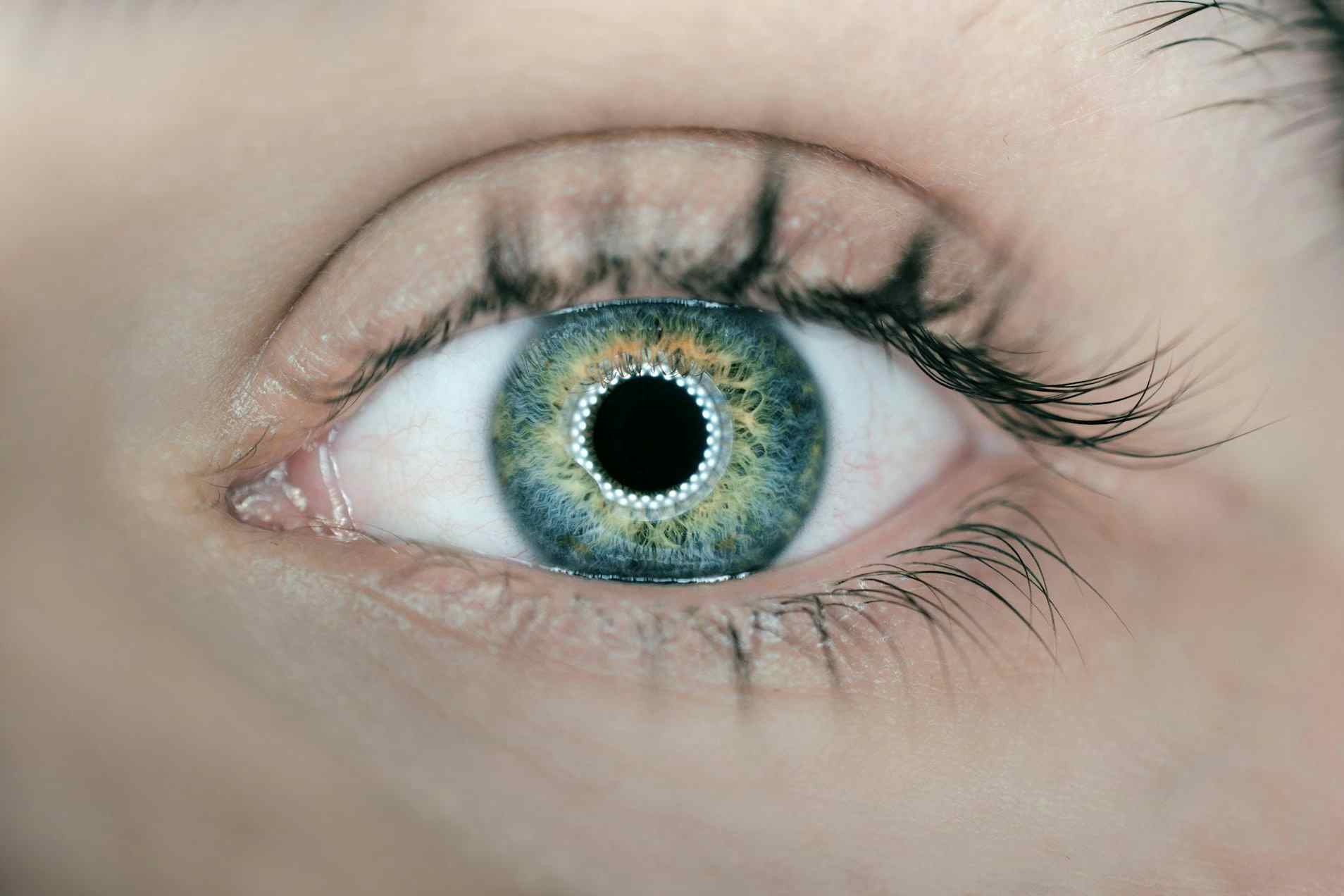Pink eye, or conjunctivitis, is a common eye infection that causes red eyes. This condition is very contagious, but it’s often misdiagnosed, as its symptoms may be mistaken for other infections, such as dry eye syndrome or styes.
Whether you're looking for the latest vitamins and supplements, want to stock up on over the counter medication, or are looking for a digital solution for your regular prescription, our providers have you covered. Compare brands below and click on your favourite to shop their best offers now!
What is pink eye?
Pink eye is a common eye condition that affects people of all ages and doesn’t typically lead to dangerous side effects. Still, it’s important to understand how to improve your eye health, particularly if you’re prone to this infection or regularly use contact lenses.
Pink eye, also known as conjunctivitis, causes inflammation of the conjunctiva, the part of the eye that lines your eyelid and eyeball. When blood vessels in the conjunctiva become swollen, this causes the whites of the eyes to appear pink or red - and it can also lead to uncomfortable side effects.
There are a few common symptoms of pink eye, including:
- Itchy or gritty eyes.
- Pus that sticks to your eyelashes.
- A burning sensation in your eyes.
- Watery eyes.
There are a few different causes of pink eye, such as irritation from a foreign object, or you may catch the condition from someone else, as it’s highly contagious. You may also get allergic conjunctivitis if you come into contact with allergens like dust. Typically, pink eye affects both of your eyes, but sometimes it may just affect one.
There are two different types of pink eye. We take a look at both kinds of conjunctivitis infection.
Viral conjunctivitis
Viruses like adenovirus or herpes simplex (HSV) cause viral conjunctivitis, the most common reason for pink eye. It occurs when a viral infection causes inflammation of the conjunctiva.
Symptoms of this condition include:
- Light sensitivity.
- Runny and watery discharge in your eyes.
- Irritated eyes.
- Crustiness around your eyelids.
- Inflammation of the eyelids.
You may also get viral conjunctivitis if you have flu or another viral illness.
Bacterial conjunctivitis
You can catch bacterial conjunctivitis through hand-to-eye contact with someone or something contaminated, as well as through eye contact with contaminated objects or eye-genital contact. This can result in harmful bacteria accumulating in the conjunctiva and leading to an infection.
Practising good eye hygiene, including properly cleaning your contact lenses between uses, is essential to prevent bacterial pink eye.
Bacterial conjunctivitis often causes yellow eye discharge. Although it may be uncomfortable and unpleasant, this bacterial infection is rarely harmful. Speak to a doctor if your symptoms persist after two weeks, as they can tell you which form of pink eye you have and the treatment you need.
Eye conditions commonly misdiagnosed as pink eye
A few conditions are commonly misdiagnosed as pink eye due to similar symptoms. For example, you might get red eyes because you’ve got a burst blood vessel or an ingrowing eyelash. If your eyes feel irritated, it could also be due to a scratch on your cornea or conjunctiva from a foreign body, such as grit or dust.
Let’s take a look at a few eye infections that are commonly mistaken for pink eye.
Blepharitis
Blepharitis refers to inflammation of your eyelids. This can lead to swollen conjunctiva, prompting many similar symptoms to conjunctivitis, including:
- Itchy eyes.
- A gritty feeling in your eyes.
- Watery eyes.
However, there are a few key differences between blepharitis and pink eye. In particular, blepharitis mainly affects your eyelids, and you may find that your eyelids stick together in the morning when you first wake up.
Like pink eye, you should be able to treat blepharitis at home with warm compresses and proper eye care. Keeping your eyes clean is important if you’re struggling with this condition. You can also get medication or artificial tears from your pharmacist. If the infection doesn’t improve after a few weeks, consult your doctor for further advice and support.
Styes
You may mistake a stye for pink eye, but styes actually occur due to a bacterial infection in the oil gland or eyelash follicle. Similar to pink eye, styes can cause itchiness and eye redness.
You may also experience discharge with both conditions, although discharge from styes tends to be crusty, whereas pink eye causes a sticky discharge. If you have a stye, you’ll typically have a lump on your eyelid or eyelash, which doesn’t happen when you catch pink eye.
To treat a stye, apply a warm compress to the affected eye and take paracetamol or ibuprofen to alleviate pain. To reduce your risk of developing styes, it's important to prioritise your eye hygiene, such as disinfecting your contact lenses before inserting them, removing eye makeup before bed, and avoiding using expired skincare or makeup products.
Dry eye syndrome
Dry eye syndrome may be commonly misdiagnosed as pink eye as there are some similar symptoms, such as:
- Itchy, sore or gritty eyes.
- Red eyes.
- Light sensitivity.
- Watery eyes.
Dry eye syndrome can cause blurry vision, similar to pink eye. Research shows the likelihood of dry eye syndrome increases with age, from 7.5% in your 50s to 15% in your 70s.
You should clean your eyes daily and refrain from using contact lenses to treat dry eye syndrome. Additionally, you should eliminate external factors that can cause dry eyes, such as excessive screen time, exposure to cold weather, smoking and alcohol consumption.
Keratitis
Keratitis causes inflammation of the cornea. This condition makes your eyes turn red and can also lead to eye irritation. These symptoms are very similar to pink eye. However, unlike conjunctivitis, keratitis is a more serious eye disease. It often causes eye pain, leading to blurred vision or permanent eye damage.
If your eyes feel painful, speak to an eye doctor who can correctly diagnose if you have pink eye or keratitis. You may be able to treat non-infectious keratitis using artificial tears, but more serious cases will need topical eye medication, particularly if the condition is causing significant pain. You may also need to take antibiotics to avoid further damage to your cornea.
Read our article for more information about common eye diseases and their symptoms.
How to treat conjunctivitis
If you're experiencing conjunctivitis, also known as pink eye, you may not need any medical treatment, and your symptoms should improve within a few days. However, you can do a few things at home to alleviate your discomfort. You can make a cold compress by placing a soft cloth over your eyes or using cooled boiled water to clean your eyes. Also, avoiding wearing contact lenses until your eyes have fully healed is essential to prevent further irritation.
As well as treating yourself, you’ll also need to avoid passing this infection to someone else. You should:
- Wash your hands regularly.
- Wash anything that touches your face, such as your towel, flannel or pillowcase.
- Avoid rubbing your eyes.
Sneezing or coughing into a tissue will also help to stop the spread of this infection, as with any bacterial infection or virus. You can ask your local pharmacist for advice if you need further guidance. They can give you eye drops or antihistamines to help reduce any side effects.
You should make an appointment with your eye doctor if your pink eye persists for over two weeks. Your optometrist will perform an eye exam to diagnose the correct condition and treat you properly. This may include eyedrops or a course of antibiotics.
Understanding why pink eye is commonly misdiagnosed
It is common to misdiagnose pink eye as other eye conditions or diseases due to similar symptoms like eye redness, discharge, and itchiness. However, some distinctive signs of pink eye, such as the presence of yellow discharge, can help identify the condition.
Looking after your eye health, cleaning your contact lenses and not touching or rubbing your eyes can help you avoid regular eye infections. Always speak to a pharmacist or doctor before treating viral or bacterial conjunctivitis to ease your symptoms and cure the infection effectively.
Image Credit: Arteum.ro at Unsplash









